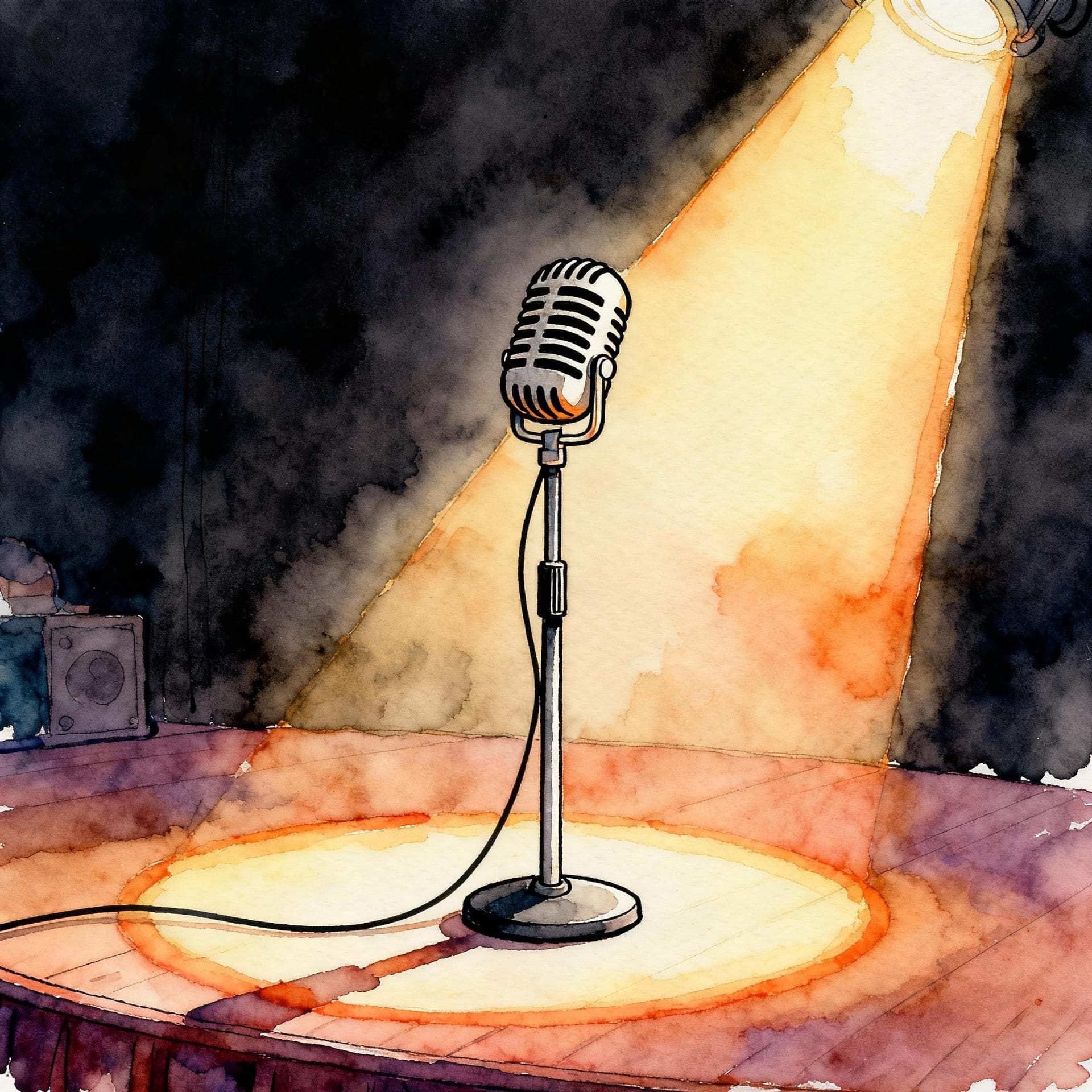So, you've decided to use music to boost your Spanish skills. ¡Excelente! You turn on a Latin music playlist and... it's wall-to-wall reggaeton.
Look, we get it. Artists like Bad Bunny and J Balvin are global superstars, and their music is undeniably catchy. But the Spanish-speaking world is vast, and its musical landscape is incredibly diverse. If you're only listening to reggaeton, you're missing out on a whole universe of amazing sounds.
Listening to different genres is like exploring different regions of a country. Each one has its own unique slang, accent, and cultural flavor. Expanding your musical palate won't just make learning more fun—it will give you a richer, more authentic understanding of the language.
Ready to dive in? Here are five modern, non-reggaeton artists who will get your head bopping and your Spanish flowing.
1. Natalia Lafourcade (Mexico)
Genre: Indie-Pop, Folk, Bossa Nova
If you're looking for music that feels like a warm, sunny afternoon, look no further than Natalia Lafourcade. This Grammy-winning Mexican artist creates beautifully crafted songs with poetic lyrics and melodies that blend indie-pop with traditional Latin American folk sounds.
Why she's great for learners: Her pronunciation is often clear and deliberate, making her lyrics easier to follow. Her songs tell stories, full of rich vocabulary related to nature, love, and añoranzalonging. If you enjoy reading stories in Spanish, check out our A2 Spanish stories.
Start with this song: "Hasta la Raíz" ("Down to the Root"). It's a gorgeous anthem about staying connected to your origins.
2. Bomba Estéreo (Colombia)
Genre: Electro-Cumbia, Psychedelic Pop
Get ready to dance! Bomba Estéreo, from Bogotá, Colombia, is famous for its infectious fusion of traditional Caribbean sounds like cumbia with modern electronic beats. Led by the charismatic singer Li Saumet, their music is pure energy and celebration.
Why they're great for learners: Their choruses are often repetitive and super catchy, making them easy to memorize. You'll pick up tons of fun, tropical vocabulary and Colombian slang. For more vocabulary practice, explore our guide on socializing and relationships.
Start with this song: "Fuego" ("Fire"). You've probably heard this one before! It's an explosion of energy that will have you moving instantly.
Active Listening Tip
Don't just have the music on in the background! To really learn, pull up the lyrics (letras in Spanish). Read them, translate the words you don't know, and try singing along. This will supercharge your vocabulary and pronunciation practice.
3. Jorge Drexler (Uruguay)
Genre: Singer-Songwriter, Indie-Folk
For the learners who love clever wordplay and thoughtful lyrics, Jorge Drexler is your guy. This Uruguayan musician (and trained doctor!) is a master lyricist, weaving intricate poems over gentle, acoustic melodies.
Why he's great for learners: His music is a goldmine for advanced vocabulary and complex sentence structures. His calm, clear delivery makes it easier to appreciate the nuance of his beautiful Spanish. He won an Oscar for his song "Al Otro Lado del Río," so you know the quality is top-notch. If you are working on advanced Spanish, review our guide on advanced conjunctions and connectors.
Start with this song: "Telefonía." It's a beautiful song about how technology connects us across distances. Try unscrambling this line from the chorus!
Arrange the words to form a correct sentence:
4. Rosalía (Spain)
Genre: Flamenco Fusion, Alt-Pop, R&B
You've almost certainly heard of Rosalía. This Spanish powerhouse has taken the world by storm by blending the raw, passionate sounds of traditional flamenco with cutting-edge pop and R&B production. The result is something entirely new and completely captivating.
Why she's great for learners: Rosalía introduces you to the unique sounds and vocabulary of Spain, specifically the Andalusian accent. While her style can be challenging at first, it's a fantastic way to train your ear for different regional dialects. For help with Spanish grammar fundamentals, check out our guide on noun gender and articles.
Start with this song: "MALAMENTE." This was her breakout hit that perfectly showcases her signature blend of flamenco handclaps (palmasclaps) and modern trap beats.

Which traditional Spanish music style is Rosalía famous for incorporating into her music?
5. Mon Laferte (Chile)
Genre: Latin Rock, Indie-Pop, Bolero
With a powerful voice and a flair for the dramatic, Chilean artist Mon Laferte creates music that is deeply emotional and stylistically diverse. She draws inspiration from classic rock, blues, and traditional Latin American ballads like the bolero.
Why she's great for learners: Her songs are packed with raw emotion, and the way she sings helps you connect the meaning of the words to the feelings behind them. She often uses common, everyday language to express powerful sentiments about love and desamorheartbreak.
Start with this song: "Tu Falta de Querer" ("Your Lack of Love"). It's a powerful ballad about heartbreak that showcases her incredible vocal range.
This list is just the beginning. The world of Spanish-language music is rich, diverse, and waiting for you to explore. So next time you open your music app, try searching for one of these artists. You'll not only discover your next favorite song, but you'll also take your Spanish learning to a whole new level.

Happy listening